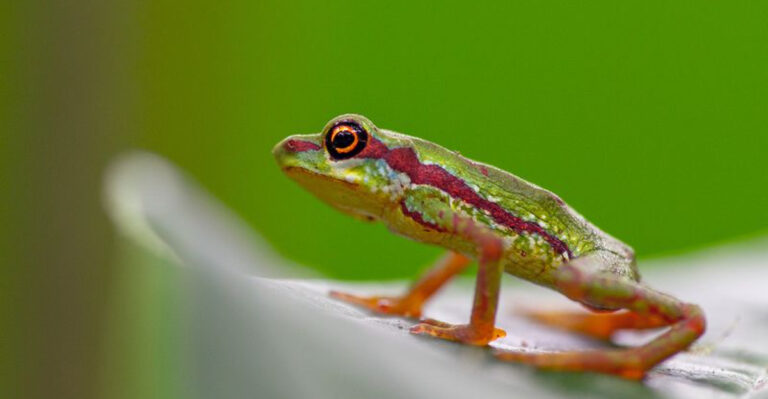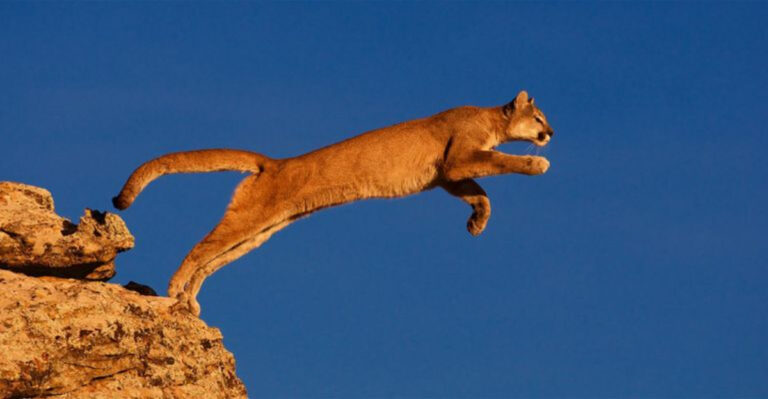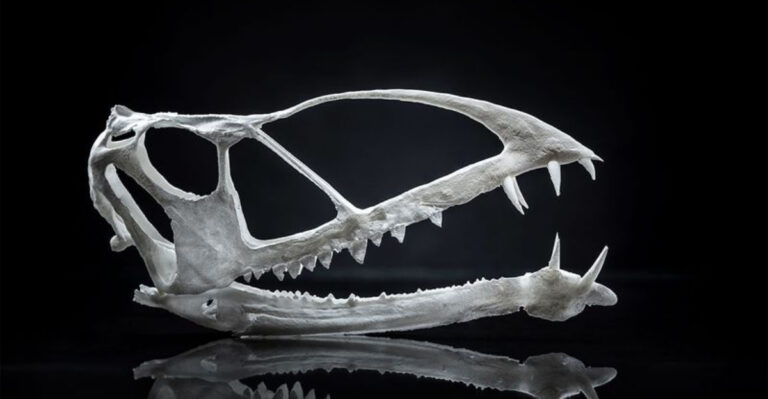A Team Of Scientists Digs Up Rare 150-Million-Year-Old Dinosaur Skull In Spain
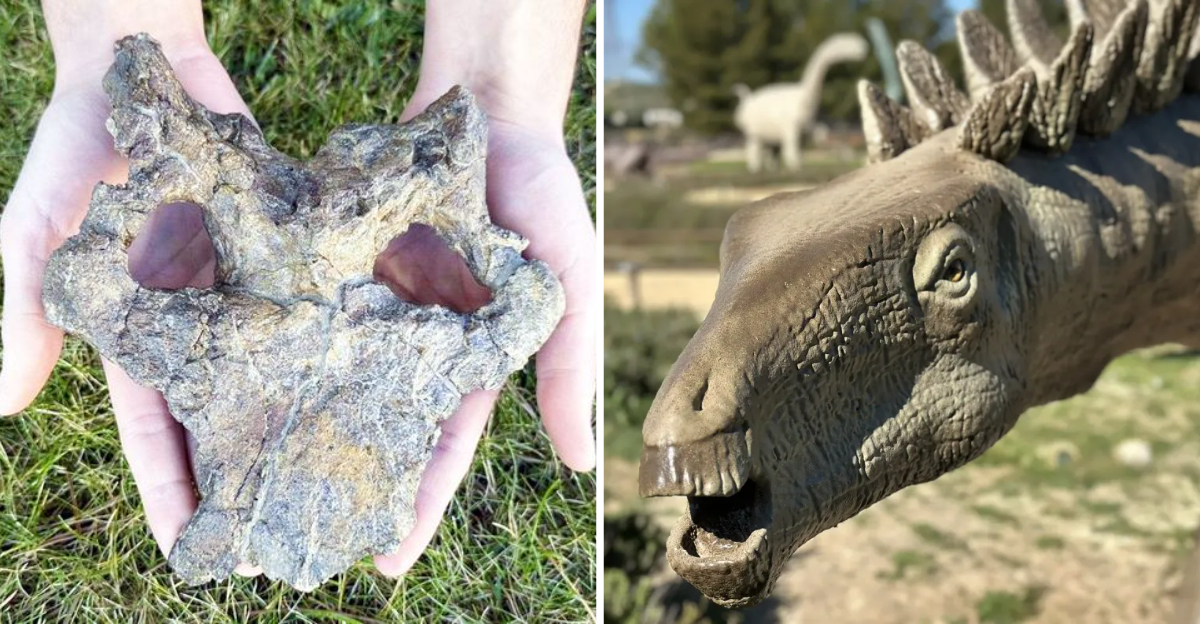
Imagine touching something that last saw sunlight when giant reptiles roamed Earth! Spanish scientists recently uncovered a 150-million-year-old dinosaur skull that has paleontologists worldwide buzzing with excitement.
This remarkable Dacentrurus armatus skull, found nestled in ancient rock layers, represents the most complete stegosaur skull ever discovered in Europe.
The find is rewriting what we know about these plate-backed dinosaurs and opening new windows into prehistoric life.
1. Accidental Discovery During Routine Survey
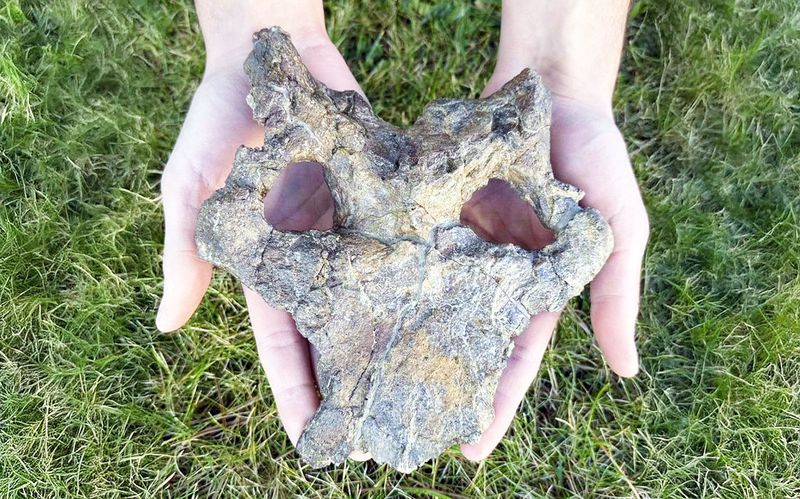
Nobody expected to find a dinosaur skull that day! The team was conducting a standard geological survey in the Teruel province when someone spotted an unusual bone fragment peeking from the eroded hillside.
What began as a tiny glimpse of fossilized bone led to one of Spain’s most significant paleontological discoveries in decades. The scientists immediately halted their regular work to investigate further.
Using small brushes and dental tools, they carefully revealed more of the specimen, realizing they had stumbled upon something extraordinarily rare – a nearly complete stegosaur skull that had remained hidden for 150 million years.
2. Most Complete European Stegosaur Skull Ever Found
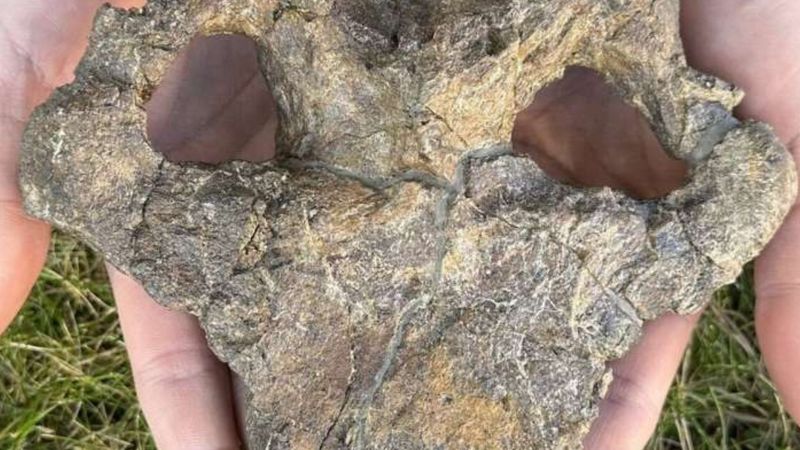
Stegosaur skulls are incredibly rare treasures in the fossil record. These dinosaurs had small heads relative to their massive bodies, with thin, fragile skull bones that rarely survived the fossilization process intact.
Most stegosaur species are known only from partial skeletons with missing or crushed skulls. This Spanish specimen stands out because almost 80% of the skull remains preserved, including delicate structures that normally disintegrate.
Before this discovery, paleontologists had to make educated guesses about European stegosaur head anatomy based on fragments and related species from other continents. Now they have solid evidence right before their eyes!
3. Advanced 3D Scanning Reveals Hidden Details

X-rays aren’t just for doctors! Scientists used CT scanning technology – similar to hospital equipment but specialized for dense materials – to peer inside the skull without damaging it. The skull was too precious to risk breaking.
These scans created detailed 3D models showing internal chambers, nerve pathways, and blood vessel channels invisible to the naked eye. The team discovered previously unknown brain cavity structures that suggest stegosaurs may have had better senses than previously thought.
The digital models can now be shared instantly with researchers worldwide and even used to create exact physical replicas through 3D printing, making this rare specimen accessible to scientists everywhere.
4. Unexpected Tooth Structure Changes Our Understanding
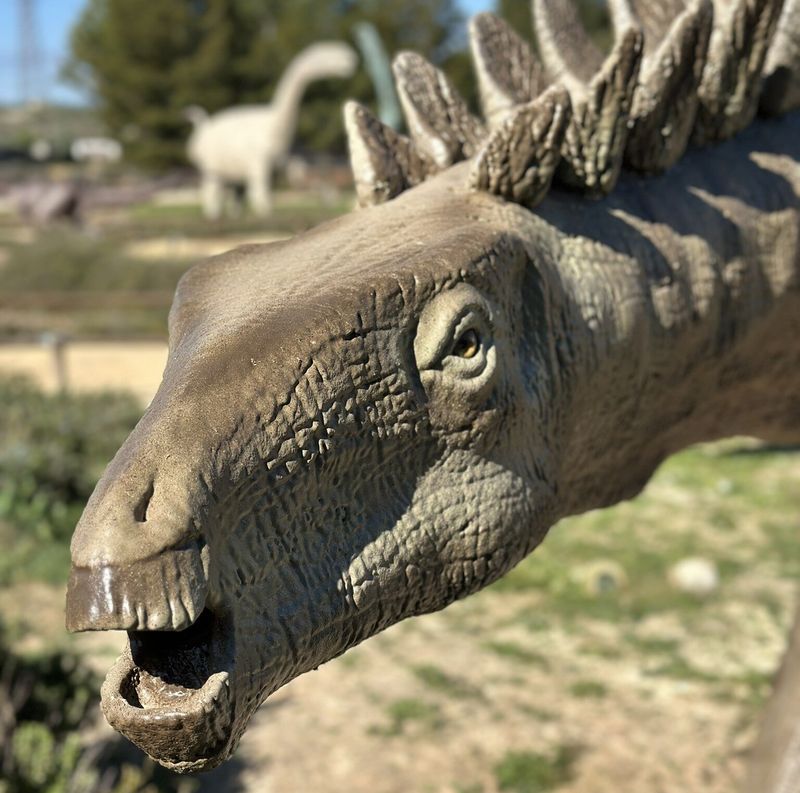
The teeth tell an unexpected story! Unlike what scientists predicted, this stegosaur’s teeth show specialized adaptations for processing tougher plant materials than previously believed possible.
Each tooth contains microscopic wear patterns that act like fossil fingerprints of the dinosaur’s last meals. Analysis revealed traces of ancient conifers, ferns, and surprisingly, some harder woody materials that stegosaurs weren’t thought to eat.
The discovery forces paleontologists to reconsider these dinosaurs’ ecological role. Rather than being limited to soft vegetation, these plate-backed giants may have been capable of consuming a wider variety of plants, giving them a competitive advantage in their prehistoric ecosystem.
5. Remarkable Preservation Through Volcanic Activity
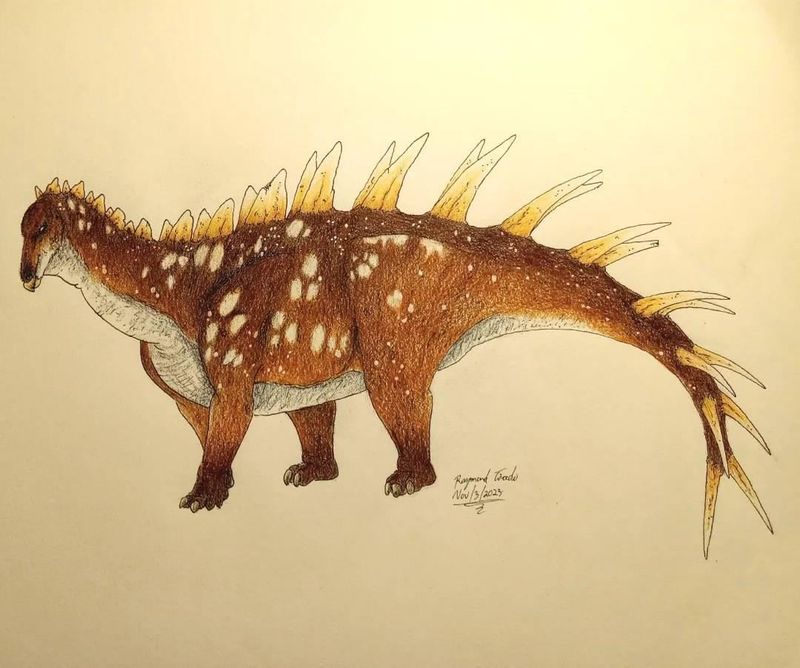
Talk about being in the right place at the wrong time! The dinosaur likely died near an ancient volcanic area, which turned out to be crucial for preserving its remains.
Fine volcanic ash quickly covered the skull after death, creating a protective mineral cocoon before scavengers or weather could damage it. This rapid burial prevented oxygen exposure, slowing decomposition and allowing mineralization to replace organic materials while maintaining the original shape.
Chemical analysis of the surrounding rock revealed traces of rare earth elements from volcanic sources that actually helped fossil preservation. The same volcanic activity that might have contributed to the dinosaur’s death ultimately ensured its scientific immortality.
6. Female Specimen Provides Gender Insights
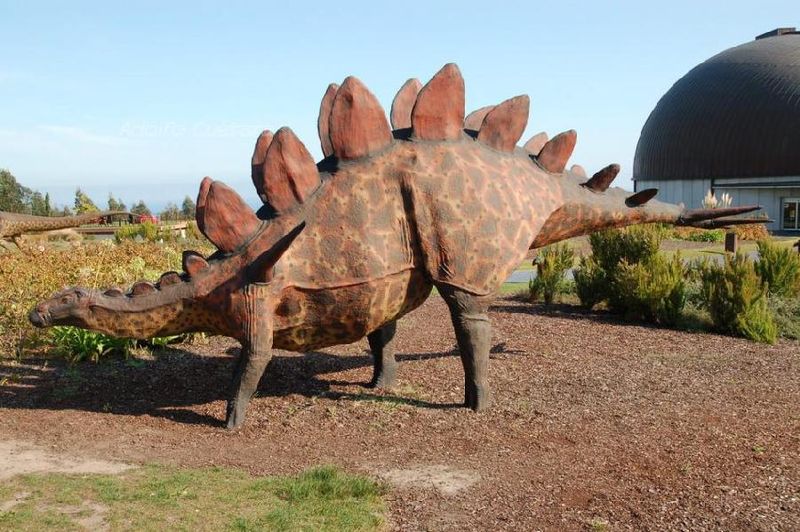
For the first time, scientists can confidently identify a female stegosaur! Subtle differences in this skull’s bone structure – particularly the less pronounced ridges and smoother contours – suggest this Dacentrurus was female.
The discovery provides the first solid evidence of sexual dimorphism (physical differences between males and females) in stegosaurs. Male specimens likely had more pronounced cranial features for display or competition, similar to modern animals like deer with antlers.
Understanding these gender differences helps scientists reconstruct stegosaur social behaviors and mating patterns. The team can now review museum specimens worldwide to identify potential males and females, opening new research avenues into dinosaur reproduction.
7. Ancient Injury Shows Dinosaur Survived Battle

This dinosaur was a survivor! A healed fracture on the right side of the skull provides dramatic evidence of ancient violence and recovery. The injury pattern matches the shape of another dinosaur’s tooth, suggesting this stegosaur survived an attack from a predator.
Bone regrowth around the wound indicates the animal lived for months or years after being injured. This survival story challenges the notion that dinosaurs were simply primitive creatures with limited healing abilities.
Modern scanning technology revealed how the fracture altered blood vessel pathways inside the skull, forcing adaptation. This rare evidence of dinosaur trauma and recovery provides insights into prehistoric predator-prey relationships and dinosaur physiology.
8. DNA Fragments Challenge Scientific Boundaries
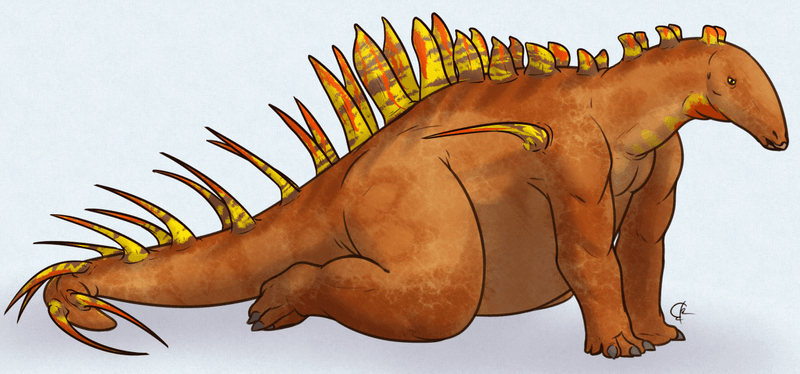
Scientists made a shocking find inside tiny cracks in the fossilized bone – microscopic traces of preserved organic material! While not complete DNA, these protein fragments contain genetic information previously thought impossible to recover from specimens this ancient.
Using advanced mass spectrometry techniques, researchers identified collagen protein sequences specific to this dinosaur. These molecular fragments help confirm stegosaur relationships to other dinosaur groups and modern birds.
The discovery pushes back the timeline for possible biomolecule preservation by tens of millions of years. While we won’t be cloning stegosaurs anytime soon, these protein fragments provide direct biochemical evidence of dinosaur evolution that fossilized bones alone cannot tell us.
9. Local Community Transforms Into Fossil Tourism Hotspot

The sleepy Spanish town near the discovery site has awakened to scientific fame! Local residents, initially puzzled by the influx of paleontologists, now embrace their prehistoric heritage with enthusiasm.
A small museum constructed specifically to house the skull and other finds has created jobs and attracted thousands of visitors. School programs bring children to meet scientists working on the excavation, inspiring the next generation of fossil hunters.
The regional government has designated the area as a protected paleontological reserve, preventing development while allowing controlled scientific access. This balance between research, conservation, and tourism demonstrates how ancient discoveries can revitalize modern communities.
10. International Research Team Bridges Scientific Divides
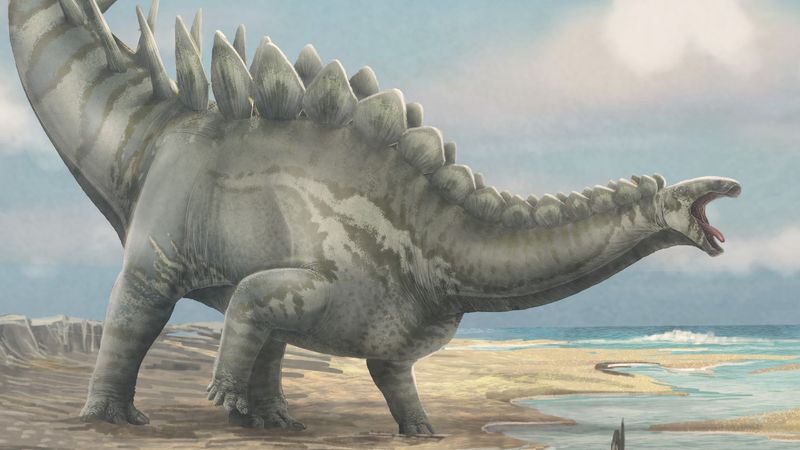
Science works best with teamwork! The skull study brought together experts from eight countries, each contributing unique skills and perspectives to the analysis.
Spanish paleontologists led the excavation, while British specialists (familiar with other stegosaur specimens) provided comparative expertise. German engineers contributed advanced scanning technology, and American biochemists performed protein analysis.
This collaboration transcended traditional academic rivalries and national boundaries. Research findings were published simultaneously in multiple languages, with all data freely accessible in open-access formats. The project demonstrates how significant discoveries increasingly require international cooperation, specialized knowledge from different fields, and transparent sharing of scientific information.
11. Climate Clues From Associated Plant Fossils
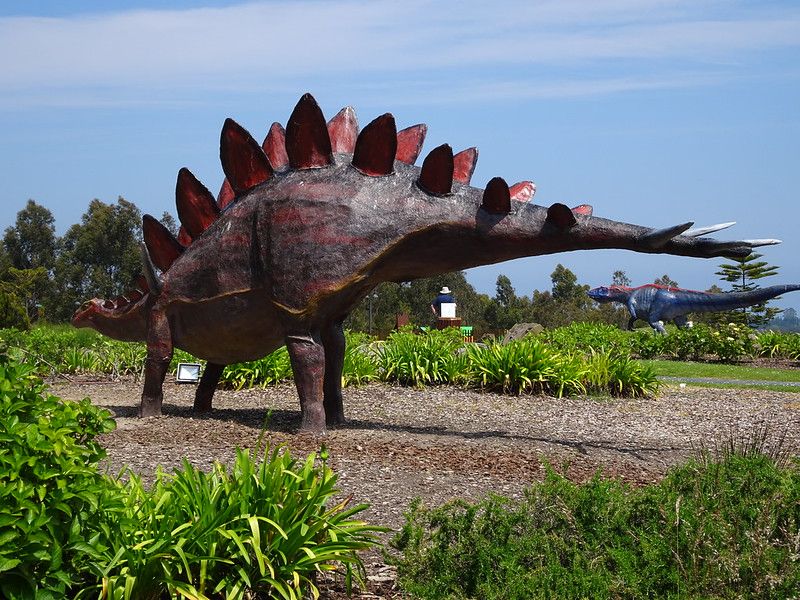
The rocks surrounding the skull contained a bonus – perfectly preserved plant fossils that paint a picture of a dramatically different Spain! Instead of today’s dry landscape, these plants reveal a lush, subtropical environment with seasonal rainfall.
Fern species identified alongside the skull only grow in humid conditions with temperatures averaging 75-85°F year-round. Tree ring patterns from fossilized wood indicate distinct wet and dry seasons rather than the four-season pattern of modern Europe.
These plant fossils provide valuable data for climate scientists studying Earth’s long-term climate cycles and how ecosystems respond to changing conditions. The ancient Spanish jungle that this stegosaur called home helps calibrate climate models predicting future environmental changes.

